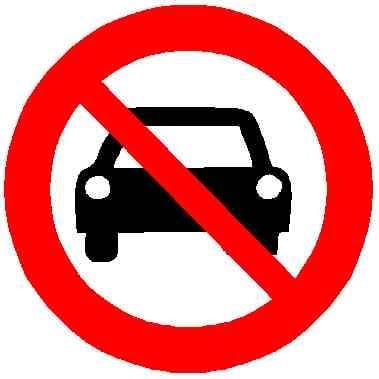Is there a difference, and what?
I’ve been reading about the “15 minute city” idea, and it is both fascinating and brings back good memories. I’ve lived in a few neighborhoods of Boston, where my biggest use of a car is finding some place to stash one long term. I had all my daily needs in a short walk, as was a subway station. Combine that with a monthly pass and the freedom to go anywhere was fantastic. I know people in NYC with similar experiences, including several who never had a reason to learn to drive. My oldest is at college and on experiencing campus life, commented similarly. I hope y’all get to experience this some day
However the Boston area has focussed on” transit oriented development “ for the last few decades. They use zoning and other development tools to encourage mixed neighborhoods with more housing, more retail, and even more office space focussed on transit hubs. It’s not just a train station but each is a “hub”, centering other options including bus routes, taxis, trails, cycling, and other personal transportation. This is a lot of what makes a “15 minute city” possible. Now we’re extending it to Eastern Massachusetts, where any town convenient to transit needs to have similar zoning actively supporting transit oriented development.
These two concepts seem very similar, except for the special case of college campuses. What’s the difference, or is it just evolving terminology? Which is better? Are there strengths of one approach that need more attention in the other?
The “15-minute” city is a term used to describe a type of neighbourhood (or preferably whole city) where, for everyone, all their day-to-day needs can be met with stores that are at most a 15 minute walk or bike ride away.
Transit-oriented development refers to planning the land around transit stations (trains stations, tram stations, etc) to be designed as much as possible with destinations in mind. That means housing, offices and shops, instead of large parking lots for commuters.The two concepts refer to different things, but they are not incompatible with each other. In fact, they complement each other.
I would say neither is better than the other, and they are best used together.Just to add a supplemental anecdote to humanius’ great explanation of the two, an example of transit oriented development turning into 15 minute cities is many large Chinese cities, where the metro map has rapidly expanded each year and each new metro stop will very quickly develop restaurants, department stores, parks, municipal sevices and residential areas all within a 15 minute walk.
It’s pretty amazing to get off a metro stop anywhere in Beijing and walk around a completely serviced town or neighborhood with a distinct personality.


